Which technique would you expect to be completely curative in SCID ?
Gene therapy in adult stage
Gene theraphy in embryonic stage
Bone marrow transptation
Enzyme replacement therapy
The correct Answer is:D
To determine which technique would be completely curative for Severe Combined Immunodeficiency (SCID), we need to analyze the options provided:
1. Understanding SCID: SCID, or Severe Combined Immunodeficiency, is a genetic disorder characterized by a significant defect in the immune system, particularly affecting T-cells. This condition leaves individuals highly susceptible to infections.
2. Evaluating the Options:
- A. Gene therapy in adult stage: While gene therapy can be beneficial, it is not guaranteed to be completely curative in adults, especially since the immune system may already be compromised.
- B. Gene therapy in embryonic stage: This option has potential, but it is not widely practiced or guaranteed to be completely curative at this stage.
- C. Bone marrow transplantation: This technique involves transplanting healthy bone marrow stem cells into the patient. These stem cells can differentiate into various types of blood cells, including T-cells, thereby restoring the immune system's functionality. This method has been shown to provide a complete cure for SCID.
- D. Enzyme replacement therapy: This therapy is used for certain metabolic disorders but does not address the underlying genetic defect in SCID and therefore cannot be considered curative.
3. Conclusion: Among the options, C. Bone marrow transplantation is the technique that is expected to be completely curative for SCID. It effectively replaces the defective immune system with a functional one derived from healthy donor stem cells.
Final Answer:
C. Bone marrow transplantation
- A. Gene therapy in adult stage: While gene therapy can be beneficial, it is not guaranteed to be completely curative in adults, especially since the immune system may already be compromised.
- B. Gene therapy in embryonic stage: This option has potential, but it is not widely practiced or guaranteed to be completely curative at this stage.
- C. Bone marrow transplantation: This technique involves transplanting healthy bone marrow stem cells into the patient. These stem cells can differentiate into various types of blood cells, including T-cells, thereby restoring the immune system's functionality. This method has been shown to provide a complete cure for SCID.
- D. Enzyme replacement therapy: This therapy is used for certain metabolic disorders but does not address the underlying genetic defect in SCID and therefore cannot be considered curative.
C. Bone marrow transplantation
Similar Questions
Knowledge Check
- Question 1 - Select One
Which of the following would be expected to be easily dissociated in water?
AClCH2CH2CH2COOHBCH3CCl2CH2COOHCCH3CH2CCl2COOHDCH3CH2CHClCOOH - Question 2 - Select One
Which one of the following would you expect to be the most acidic hydrogen site ?
AC↑H2(COOC2H5)2B CCH3COC↑H2COOC2H5D
CCH3COC↑H2COOC2H5D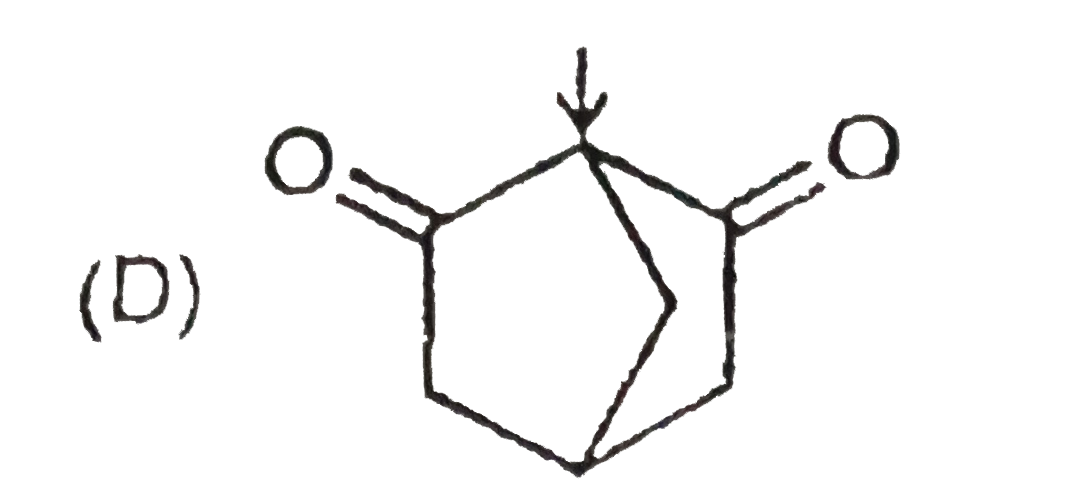
- Question 3 - Select One
Which one of the following dienes would you expect to be the most stable ?
A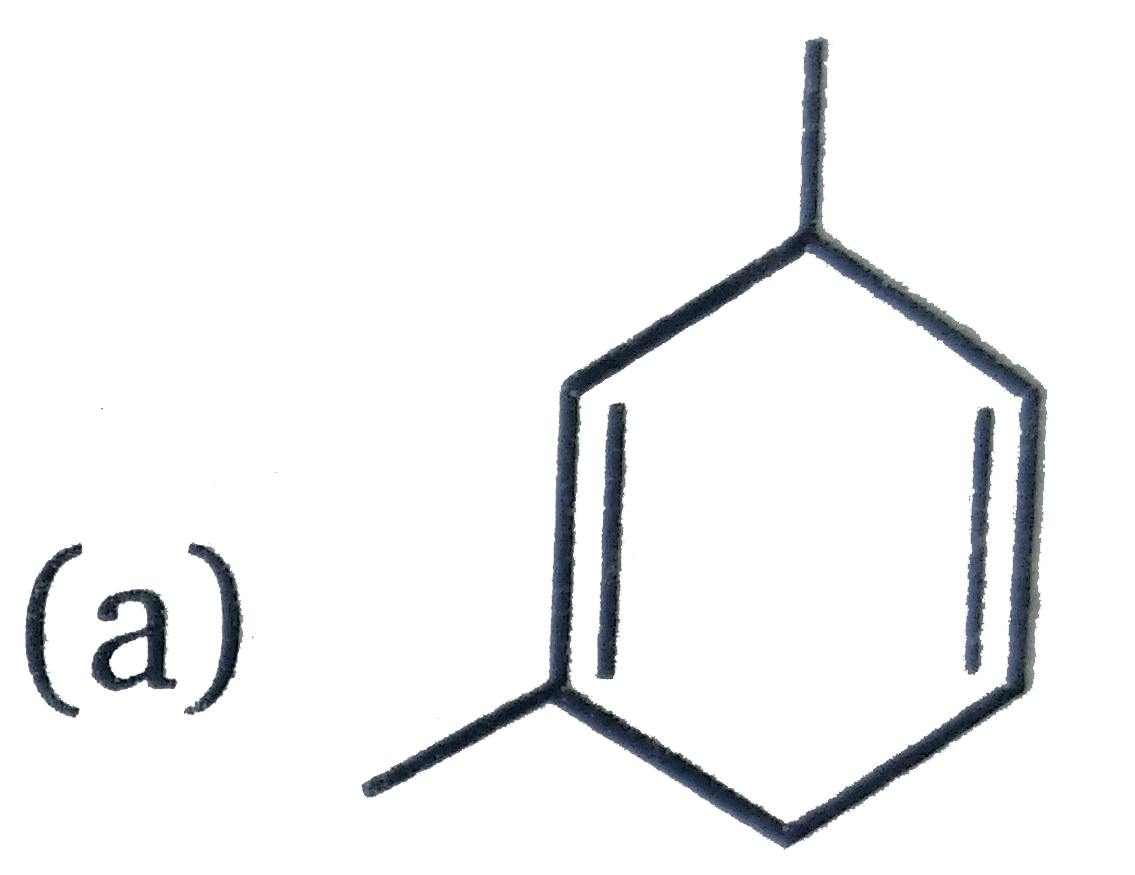 B
B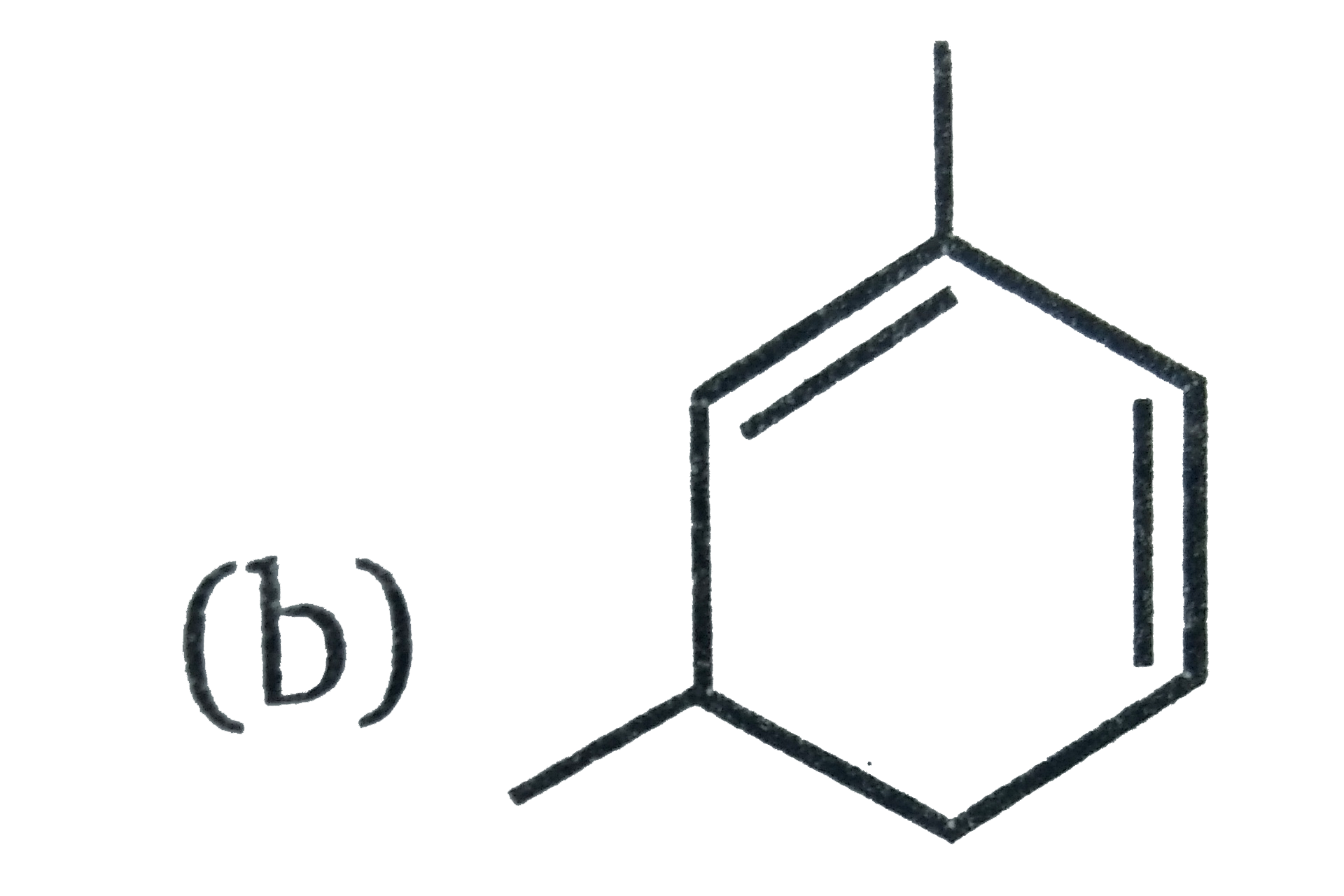 C
C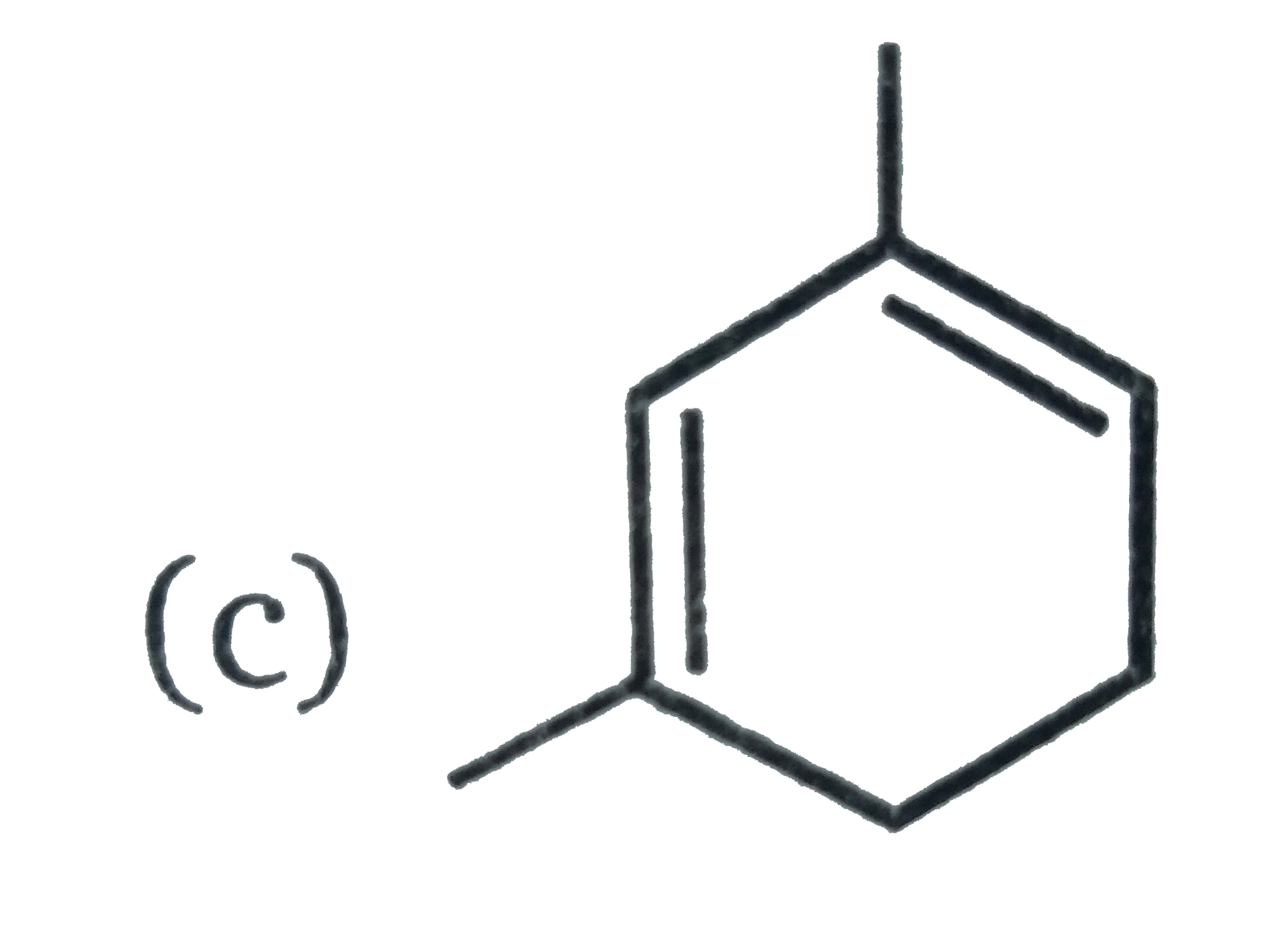 D
D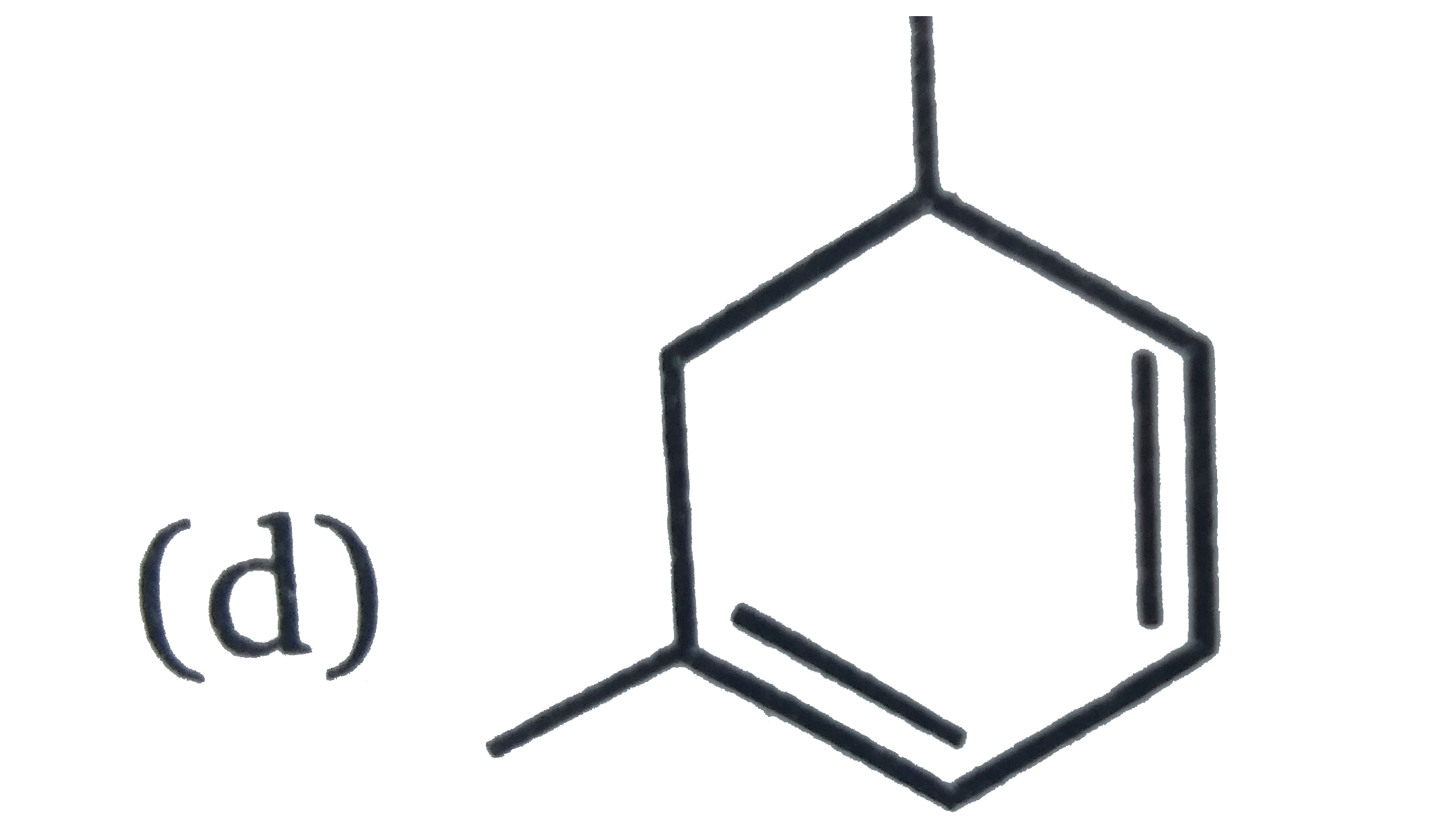
Which of the following two elements in the periodic table are expected to combine in the most violent fashion?
View SolutionWhich of the following would you expect to have highest electronegativity?
View SolutionWhich of the following elements would you expect to be stable and why?
42A,2311B,2713CView SolutionWhich acid of each pair shown here would you expect to be stronger ? CH3CO2HorCH2FCO2H
View SolutionWhich acid of each pair shown here would you expect to be stronger ? CH2FCO2HorCH2CICO2H
View Solution

